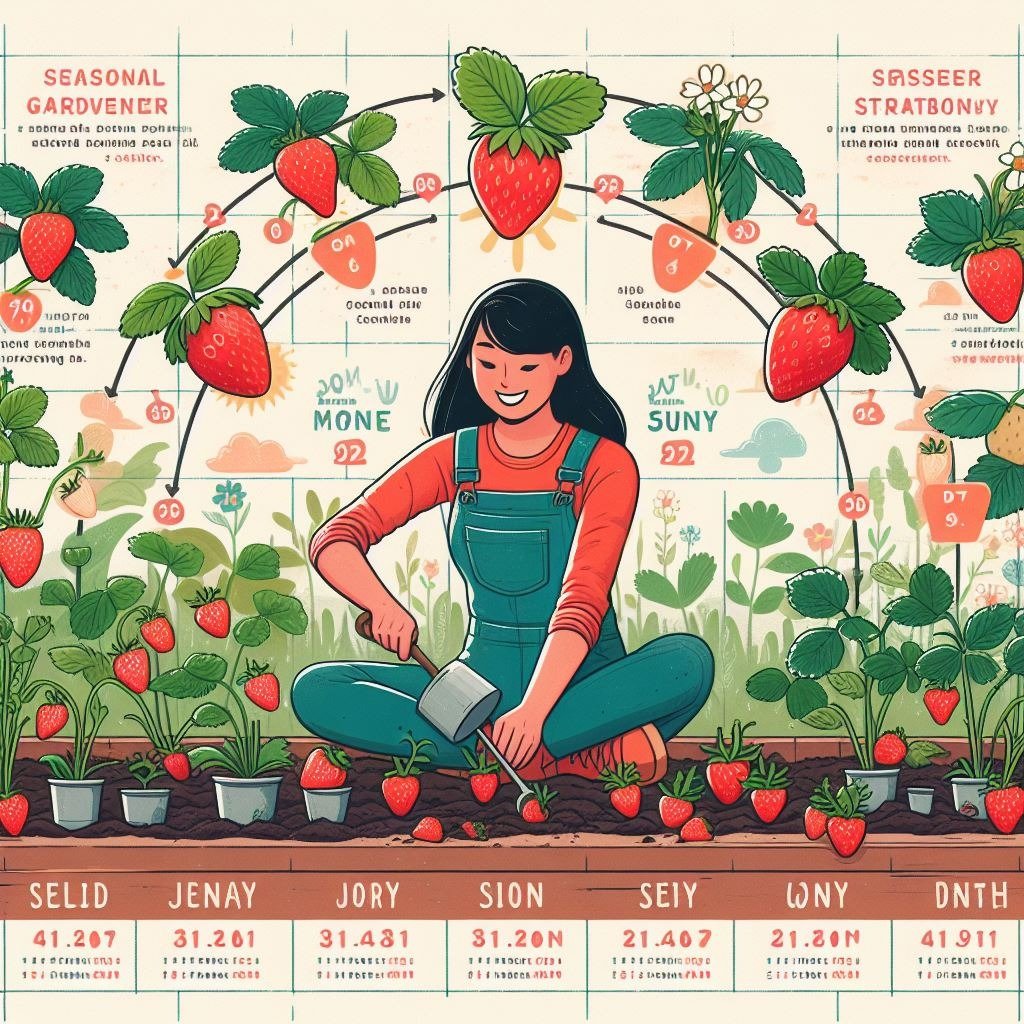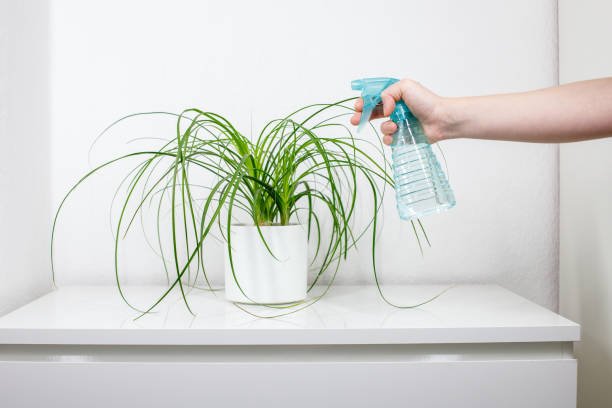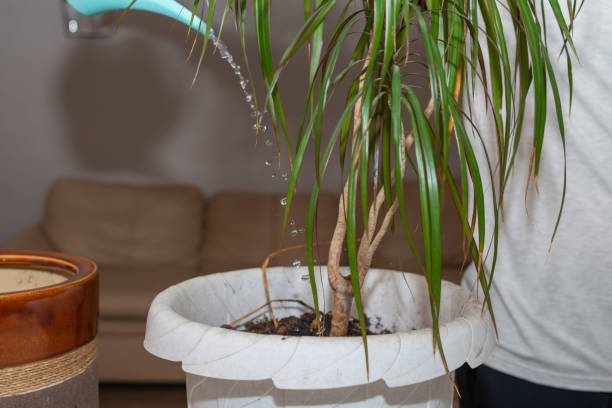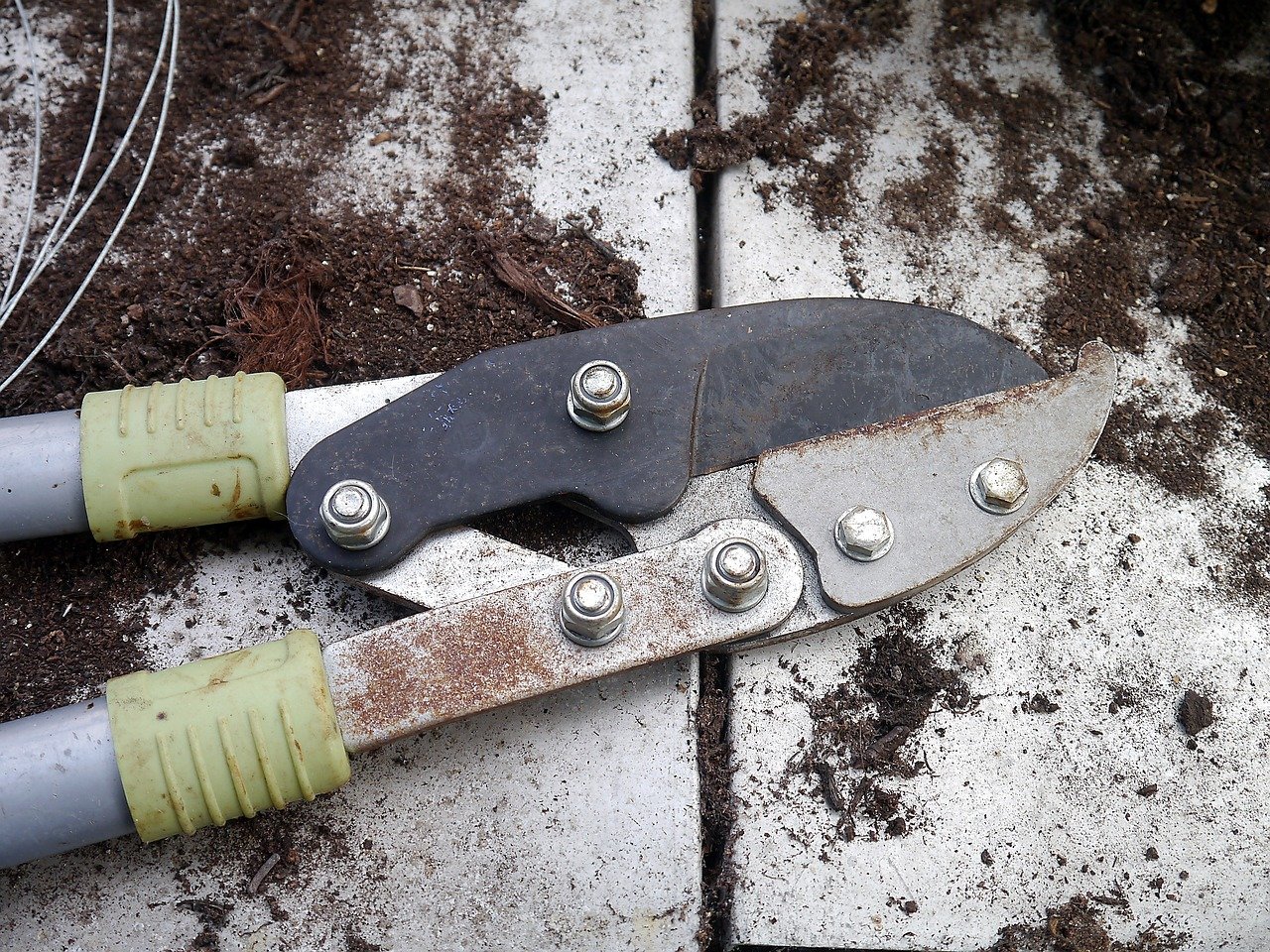
Timing is everything. When to plant strawberries for a great harvesting season is what you should worry about
When to plant strawberries In this book called “The Plot Hero’s Guide,” you are going to learn about the strategic

Watering is perhaps one of the most pivotal aspects of indoor plant care since the frequency and amount should be balanced just right. Be overly miserly with watering, and your plants will be at risk of withering and perishing. Conversely, if you water them too much, you can also cause other severe problems. What watering frequency to employ with indoor plants is a question that arises? The solution isn’t even universal, as it varies and is based on a ton of individual factors and conditions found in each individual. We are going to explore the query: How Often Should You Water Indoor Plants? It will be a complete guide.

A basic thumb rule is that most indoor plants require approximately a weekly watering. But this is just a general rule. The exact number of water variations ranges from what type of plant you want to grow to the size of the pot you pick, the temperature and humidity of the room you set, and the season.
Firstly, the watering of indoor plants differs, and on average, about one inch of water per week is suitable. Consequently, this means that when you insert your finger into the soil and dry it at the level of an inch, the plants need watering. Nevertheless, you need to account for this factor when making irrigation plans to ensure they match the needs of your crop.
Succulents and cacti, for example, require far less water and may only need to be watered once every 2–3 weeks. By contrast, the large-leafed plants or the plants that are actively growing, such as fig fiddle or monstera deliciosa, often require more watering at intervals of twice or three times a week.
The size of the pot is an equally important consideration, just as are the above parameters. Small potted plants are drying up much faster than big ones; therefore, maintaining moisture levels for small plants becomes a more constant task. Likewise, earthenware or terracotta pots let water out through the pores, while glazed or plastic pots prevent the process.
In a cold environment where the air is moist and can hold more water droplets, you may be able to water your plants less frequently.
Besides attempting the variables of the other factors, you will also need to set your watering schedule per season. Here’s a quick overview of how often to water indoor plants during different times of the year:
It is during the spring and summer growing seasons that most of your indoor plants will probably need more water most of the time. With the increase in plant growth activity, they will begin to demand more water from the atmosphere. Strive to check the water level by examining the top inch or two of soil three days after watering. It’s about giving the downpour some time to soak into the ground, wilting and thirsting for water.
In the fall and winter, especially when daylights become shorter and temperatures drop, plant movement quietens down significantly. This, therefore, means they survive in water conditions that are not suitable for most plants. When you water during your dry season, you may only need to water your plants every 2 or 3 weeks, or even once a month, especially for the plants that have very low intensity. Make sure to schedule your nature watering plan around the seasonal changes.
The most effective method of identifying when to water your indoor plants is to conduct a soil moisture level check. By doing this, you can start with your finger and go around 2 centimeters deep into the soil. The fingertip method can be used to determine if the entire root zone needs water. If the soil feels dry at that depth, watering should be done. If the soil is wet, do not irrigate your garden right now.
And last but not least, you can watch for leaves’ and purples’ signals that they may need water. The leaves will wilt, curl, or droop when the plant needs to be properly watered.
One more easy technique is to lift the plant’s pot. If the pot feels light, it is an indication that the soil is dry, and hence, the plant requires fresh water.
Gradually, by experimenting with their individual water needs and the climatic conditions of your home, you will end up knowing the right time to water your indoor plants. Consistency is one of the main values, so you should endeavor to come up with a routine for watering.

Use warm water if you can. Do not use very cold or hot water. It will surprise and hurt your plants. In this case, the effects will be more severe, and you can even end up with a plant that will soon die.
Drip-irrigate the plant, feeding it gradually and making sure the ground is completely saturated with water. It’s not just watering from above; water out the pot until you see water pass through the bottom.
Don’t water immediately; the soil is dry. Instead, wait a few days so that the soil can partially dry out between the two watering. To root coat the soil and uninterruptedly keep the soil in wetness means denying the plant oxygen.
Also, keeping the routine water level equal to each plant’s individual needs is another vital point. For example, some plants, like succulents, like to sit on the dry soil a bit longer after watering, while ferns like to keep the humid environment around them.
Since you would like your indoor plants to be healthy and happy, be sure to water them in the right amounts. So, as a common rule, most houseplants should be watered about once a week. However, adjustments must be made if needed, and these adjustments need to be determined based on the type of plant, the size of the pot, temperature, and season.
There is regular control of soil moisture, monitoring of plants for wilting or lack of water, and making thorough changes to the water schedule. After a little trial and error, which is guaranteed, you will fall into a routine for watering your indoor plants year-round. With a good routine in place, your indoor plants will stay content and blossom.
While the frequency of watering indoor plants is significant, often alone, it is not sufficient for taking good care of indoor plants. While introducing plants indoors, make sure you also provide them with ample sunshine, the right amount of fertilizer, and overall care to guarantee that they grow well in the indoor environment. Happy watering! That was all about How Often Should You Water Indoor Plants?

When to plant strawberries In this book called “The Plot Hero’s Guide,” you are going to learn about the strategic

Best Pruner Anyone who enjoys maintaining a lovely garden knows you should choose the best pruners. Pruners are some of